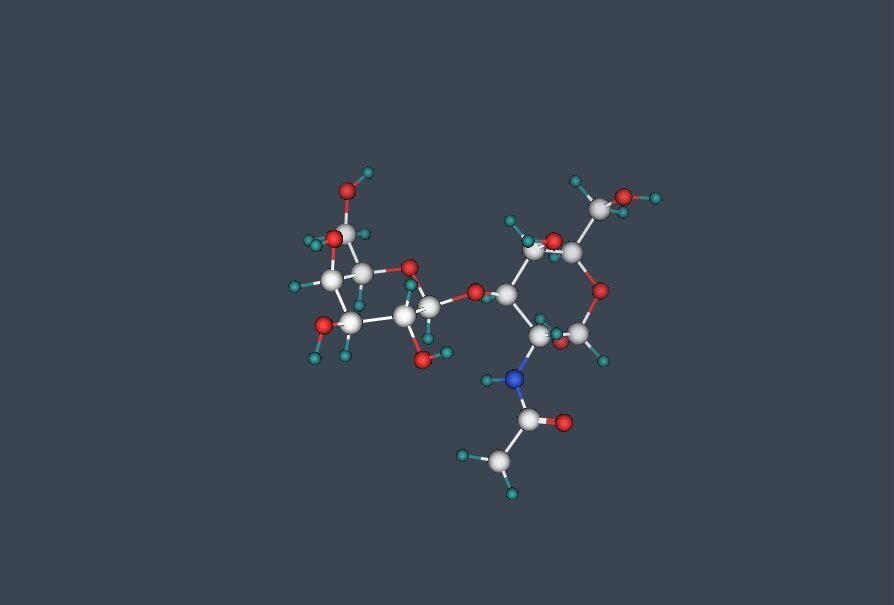Tumor Associated Antigens (TAA)
Glycomics #22_T antigen
Glycomics #23_T antigen
Glycomics #24_Tn antigen
Glycomics #25_Tn antigen
Glycomics #26_T antigen
Glycomics #27_sialyl Tn antigen
Glycomics #28_sialyl T antigen
Glycomics #29_sialyl Tn antigen
Glycomics #30_sislyl Tn antigen
Glycomics #56_ganglioside GM3(Neu5Gc)
Glycomice #57_ganglioside GM3(Neu5Gc)
Glycomics #81_Lewis x antigen
Glycomics #58_ganglioside GM3(Neu5Gc)
Glycomics #82_Lewis x antigen Owned by
Glycomics #83_Lewis x antigen
Glycomics #84_Lewis x antigen
Glycomics #85_Lewis y antigen
Glycomics #86_Lewis y antigen
Glycomics #87_Lewis y antigen
Glycomics #93_sialyl Lewis x antigen
Glycomics #94_sialyl Lewis x antigen
Glycomics #54_Forssman antigen
Glycomics #55_Forssman antigen
Tumor Associated Antigens (TAA)
Aberrant glycosylation is a featured characteristic of cancer and plays a role in cancer pathology. Core 1 sialylation is increased dramatically in all CaP cells, and especially in PC-3 cells which makes it a biomarker for metastatic prostate cancer prognosis and may serve as a target for cancer treatment.
Lewis x and lewis y antigens and their sialyl forms are potential antigens for cancer immunotherapy. Similarly, Ganglioside GM3(Neu5Gc) glycans are absent from human normal tissues which makes it a tumor-specific-antigen an potential target for cancer immunotherapy.
Forssman antigen is a commonly occurring heterophile antigen but is thought not to be present in most humans. Recent biochemical studies, however, have shown the presence of Forssman antigen in several forms of human cancer, including gastric, colon, and lung cancers.






















